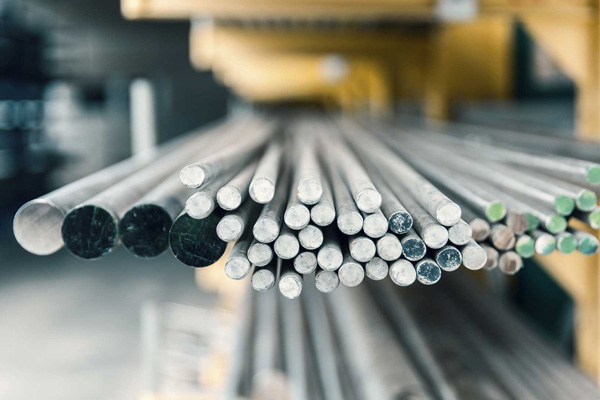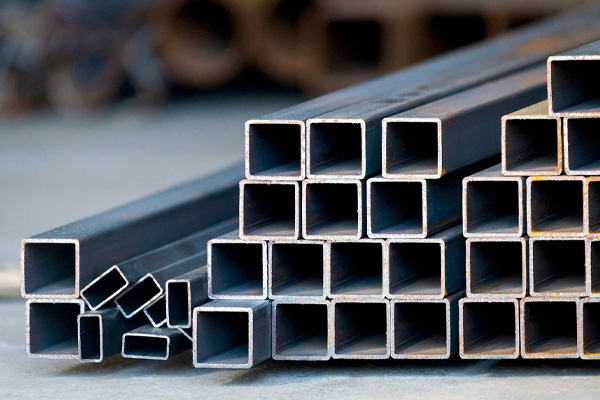Current Cobalt Prices
The given Cobalt prices are compiled from pricing lists from various manufacturers and worldwide metal market data. Cobalt prices are updated regularly and are solely for reference.
| United States | |||||
|---|---|---|---|---|---|
| Material | Location | Current Price | Change | Price Date | Unit |
| Cobalt | New York | 12.95 | 0 (0%) | 2024-02-23 | USD/lb |
| United Kingdom | |||||
|---|---|---|---|---|---|
| Material | Location | Current Price | Change | Price Date | Unit |
| Cobalt | National | 41,883.10 | 0 (0%) | 2024-02-23 | USD/ton |
Metal Market News
About Cobalt
Cobalt
Cobalt is a chemical element. As with nickel, cobalt is found in the Earth's crust only in a chemically combined form, save for small deposits found in alloys of natural meteoric iron. The free element, produced by reductive smelting, is a hard, lustrous, silver-gray metal. The metal was isolated (c. 1735) by Swedish chemist Georg Brandt, though cobalt compounds had been used for centuries to impart a blue colour to glazes and ceramics. Cobalt is found in the minerals cobaltite, skutterudite and erythrite. Important ore deposits are found in DR Congo, Canada, Australia, Zambia and Brazil. Most cobalt is formed as a by-product of nickel refining.
Cobalt Origin And Distribution
More than 70 percent of the world's cobalt is produced in the Democratic Republic of the Congo (DRC), and 15 to 30 percent of the Congolese cobalt is produced by artisanal and small-scale mining (ASM). For years, human rights groups have documented severe human rights issues in mining operations. Cobalt was discovered by Georg Brandt, a Swedish chemist, in 1739. Brandt was attempting to prove that the ability of certain minerals to color glass blue was due to an unknown element and not to bismuth, as was commonly believed at the time. In 1730, chemist Georg Brandt of Stockholm became interested in a dark blue ore from some local copper workings and he eventually proved that it contained a hitherto unrecognised metal and he gave it the name by which its ore was cursed by miners in Germany, where it was sometimes mistaken for a silver ore. He published his results in 1739. For many years his claim to have uncovered a new metal was disputed by other chemists who said his new element was really a compound of iron and arsenic, but eventually it was recognised as an element in its own right.
Cobalt Uses
Cobalt, like iron, can be magnetised and so is used to make magnets. It is alloyed with aluminium and nickel to make particularly powerful magnets. Other alloys of cobalt are used in jet turbines and gas turbine generators, where high-temperature strength is important. On a global basis, the leading use of cobalt is in rechargeable battery electrodes. Superalloys, which are used to make parts for gas turbine engines, are another major use for cobalt. Cobalt is an essential raw material for superalloy, cemented carbide, diamond tool, batteries, anticorrosive and magnetic materials. It is widely applied in fields including aerospace, electronic appliances, machinery manufacturing, automobiles, chemical industry, agriculture, ceramics, etc.
Top Cobalt Producing Countries
Following are the major cobalt producing countries in the world:
- Democratic Republic of Congo
- Russia
- Australia
- Philippines
- Canada
- Cuba
- Papua New Guinea
- Madagascar
- Morocco
- China
Top Cobalt importing countries
- China
- Finland
- Belgium
- Austria
- United States
- Spain
- Germany
- Malaysia
- European Union
- South Africa
Cobalt production
Cobalt last year production hit 12,000 tons, up from 9,000 tons in 2015. Cobalt is a key component in lithium batteries, used in electric vehicles. By 2030, electric cars are expected to make up 35 percent of new vehicle sales, according to Bloomberg New Energy Finance. The majority of the world's cobalt is mined from the Democratic Republic of Congo, where artisanal miners often work in dangerous and unregulated conditions. "It is true that the Congolese cobalt is an important resource for the world," Mutombo said. "We have a large reserve ... we have to dig out the cobalt, we have to refine it. But we have to make sure that the Congolese people benefit." He said the country's government was now working with the World Bank and other global institutions to get more investment in the country so that it can continue to develop its natural resources. "We are also looking at the new technologies that are coming up, such as the solar power and wind power," Mutombo said. "So we are also looking at the solar panel market."








